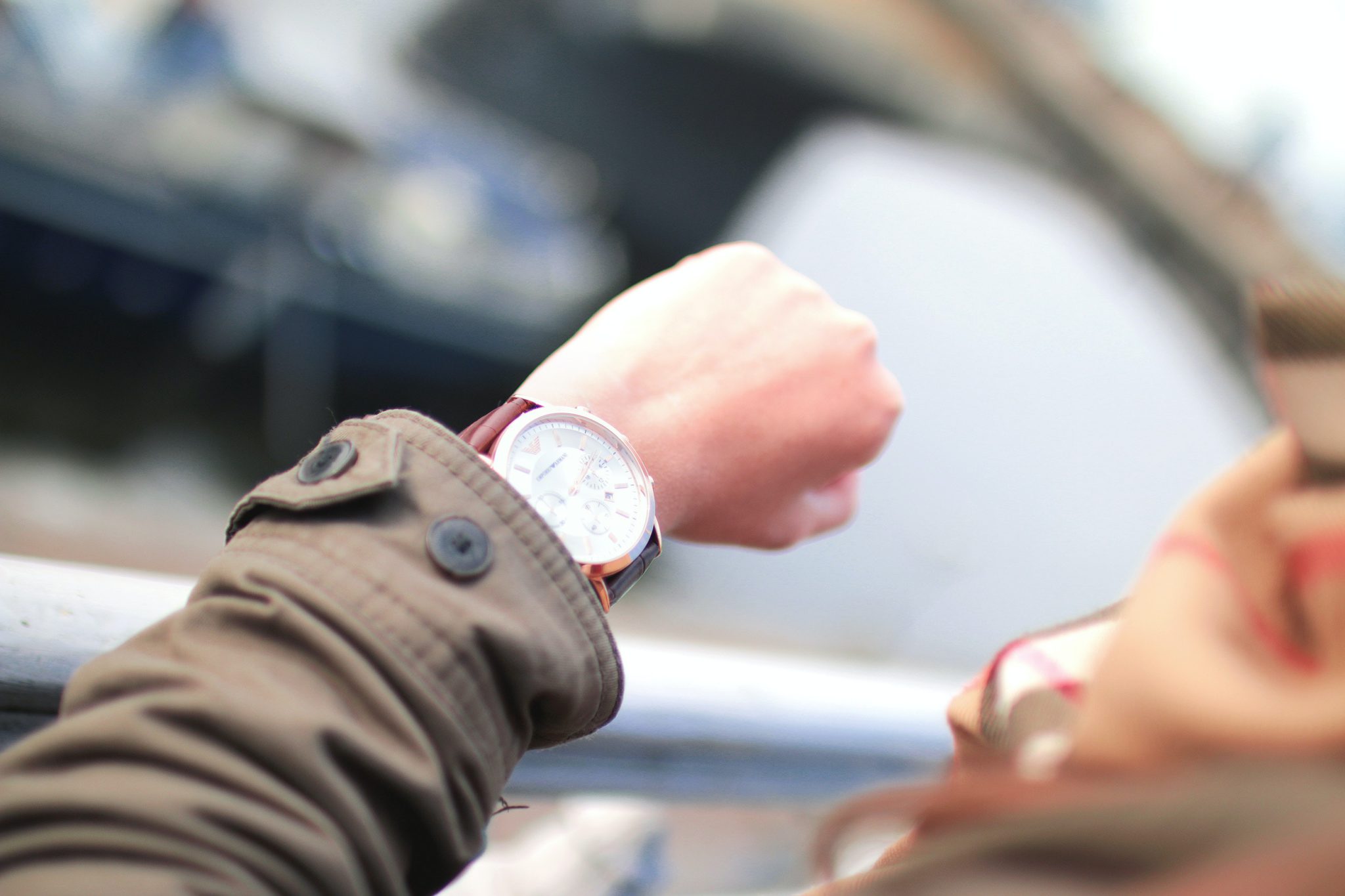The Truth About Waiting to Pay the Bill
Posted on |

Nobody likes waiting...
Let’s be honest, nobody likes waiting. Regardless of the scenario, humans hate waiting for anything. In today’s world of instant gratification driven in part by the ubiquity of mobile devices and apps, consumers are becoming increasingly less tolerant towards waiting.
A distaste for waiting is something that our team shares, but then again, we’re quite biased.
To confirm (or reject) our emotions towards waiting for the bill, we’ve compiled some research. And…It turns out we’re not alone.
What we know about humans & waiting for the bill
- One study found that 22% of restaurant go-ers hate waiting for the bill. Even if it’s “only” 5 or 10 minutes (YouGov)
- 70% of diners skip dessert or ordering another drink in fear it will make their checkout process longer
- 75% of consumers say that waiting to pay is the worst part of an in-store experience
- One in 10 diners admit to not paying the bill because of waiting times
- Nine of 10 diners admit to foregoing a tip for the same reason
- Once a wait lasts longer than three minutes, the perceived wait time multiplies with each passing minute. After five minutes, the perceived wait time is doubled.
- In turn, consumers overestimate their wait time by 36%.
- Consumers often believe that others’ wait times are less than their own
- Millennials and Gen-Z are willing to pay a premium, just to not wait
- A study that analyzed 94,000 customers visiting a popular restaurant found that without waiting, the total revenue of the restaurant would increase by 15%
Easy Wins for Restaurants
Technology
Restaurants shouldn’t have to overhaul their operations to overcome the issue of waiting. There’s affordable technology that can be used alongside traditional service that ensures guests have the option to settle up on their own time.
Restaurants can have a connected POS & QR Code system which allows the guest to access their bill by scanning the QR code, and completing payment directly from their phone or mobile device.
This type of system doesn’t need to be universal, but can be used in tandem with traditional steps of service. Furthermore, using QR codes and mobile payments does not affect server tips. In fact, data shows that the tip percent actually increases (as well as basket size) with this. The main reason for the higher tip is because the guest could settle up on their own time, and didn’t need to wait for the bill.
Using mobile payments and QR codes can help speed up the payment process at a restaurant and improve the overall customer experience by making it more convenient and efficient for customers to pay for their meals.
Training
As we know, having to wait an excessive amount of time to receive and pay the bill can negatively impact the overall dining experience.
The first step in training staff on proper bill handling is to ensure they understand the importance of timely billing. This means that staff should be aware of the fact that the longer a customer has to wait for their bill, the more likely they are to be unhappy with their dining experience. And in turn, could negatively effect their tip amount.
It’s in the best interest of all parties (diner, server, restaurant) to make the billing and payment experience as seamless as possible.
It’s important to emphasize that timely billing is not just about getting customers out of the restaurant more quickly, but also about providing good customer service.
Another key aspect of training staff is to make sure they know how to operate the point-of-sale system properly, and efficiently.
Anyone who’s ever served knows how hectic it can be to punch in orders for multiple different seats, while managing a handful of tables. It’s often easier to just punch everything in at the same time, and deal with the bill splitting later. The problem with this is that if the staff member is not fluent in using the POS and it’s bill splitting mechanisms, this can lead to a long and painful experience re-adjusting bills. It’s important to note that negative experiences elicit more rapid and prominent responses than positive events. Meaning, the whole dining experience could be great, but if there is a negative checkout experience, that’s what the customer will remember.
If there’s a new staff member, perhaps let them handle fewer tables during the training period or until they are efficient and comfortable with setting up payments for multiple tables.
Card System
One system that some restaurants use to let staff know if a table is ready to pay is the use of a “check presenter” or “bill presenter”. This is a small card or folder that is placed on the table, typically at the end of the meal, that signals to the staff that the customers are ready to receive their bill.
When a customer is ready to pay, they can simply flip the check presenter to the “Pay” side. This lets the wait staff know that they can then bring the bill to the table and process the payment. This system eliminates the need for customers to flag down their waiter or wait for the waiter to check in, which can help speed up the process and improve the overall dining experience.

